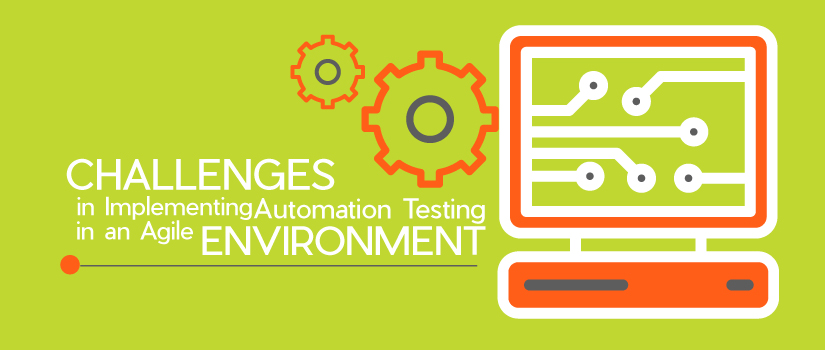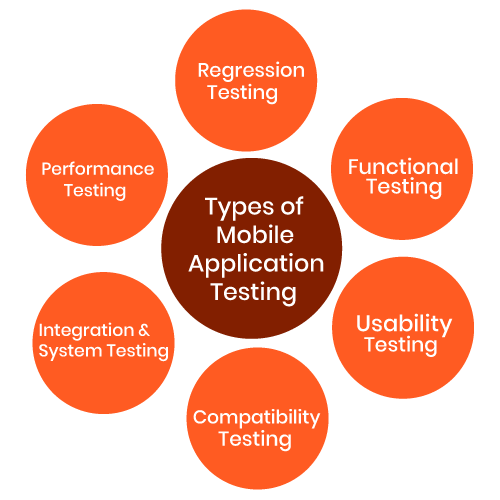Commonly, a large number of business houses rely on their website’s design, content and other features to gain popularity. However, this becomes easier and much more ensured when a thorough testing and study of the complete website is done by the owners. And, this is what bucket testing is meant for.
Bucket testing, also known as A/B testing or split testing, is a kind of testing which is conducted on (at least) two different versions of a website to check which one performs better. This test is based on a set of key metrics like clicks, downloads or purchases that are measured from each page variation.
Companies that are into online selling and dealing majorly rely on bucket testing to maximize their profit by optimizing the conversion rates for their websites and landing pages.

How it works?
Any bucket test begins with a hypothesis, which can be in the form of text, design or usability change. This hypothesis is based on a team’s decision which believes that incorporating a particular change in real-time situation can work effectively to improve conversion rates.
On conducting the test, if it is found that a particular variation would be able to perform better than the control page for key metrics, the necessary change is incorporated in the website and landing page design.
There is no limit on the number of bucket tests that can be conducted on a particular page. One can continue to conduct these until he/she is satisfied with the outcomes of the new change.
For instance, there is an existing landing page for a free magazine. This page, also known as control or Variation A, will include all the relevant information about the magazine along with a sign-up form and a ‘Submit’ button.
A bucket test can be conducted on this page with a minor textual change incorporated at its bottom that will replace the word ‘Submit’ with ‘Get your free copy’. This page with the new change will be known as Variation B. The metric to be measured during this test would be the number of visitors who successfully fill the form completely.
Since, it is an ad-campaign landing page, the probabilities are very high that there will be a large number of visitors on the page. However, only a few will successfully complete the form. In such a situation, when the key metric is measuring the number of people completing the form and the results are not satisfactory, the bucket test will be conducted again with some other variation.
Common elements to test
One should have a clear understanding about the elements that can impact their website or landing page’s conversion rate. Some of the most common elements that are tested include:
- Headlines and sub-headlines such as altering the length, size and font.
- Images such as the number of images on each page, their placement, type of imagery and subject matter.
- Textual such as varying the number of words, style and font.
- Call-to-action (CTA) buttons such as ‘Buy Now,’ ‘Sign Up,’ ‘Submit’ or ‘Get Started.’
- Logos of customers or third party sites.
Optimizing conversions
The basic purpose behind creating any website for a business firm is to generate maximum leads by attracting a large number of visitors. Therefore, a lot is spent by the companies to meet this goal.

However, incorporating simple changes in terms of text, image or layout can benefit the company. With bucket testing, there is no need of subjective opinions about the page’s design or layout. The quantitative data collected from this test can drive the decision.











